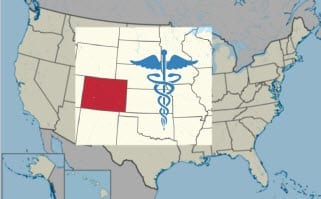More people have insurance coverage, but fewer people can afford their policies
The number of people in Colorado with health insurance has been growing steadily, but so too is the number of people that cannot afford their coverage. During the state’s annual Health Summit, Jeff Bontrager, direct of research on coverage and accessibility with the Colorado Health Institute, noted that insurance premiums are becoming a major problem for consumers. This is becoming a troubling trend that many other states across the country are also experiencing.
Affordable Care Act has lead to an increase in the number of people with coverage
Since the passage of the Affordable Care Act, the number of people with insurance coverage in Colorado has increased from 4.4 million in 2011 to 4.9 million in 2015. More consumers have found it easier to acquire insurance coverage, especially when it is provided by employers. They have also found coverage through the state’s insurance exchange, which offers relatively affordable coverage when compared to policies offered in the private market. The state has seen record enrollment in its Medicaid program as well, but premiums are becoming too costly for many consumers.
Premiums continue
 According to the Colorado Health Institute, as much as 13% of the state’s population currently lacks health insurance coverage. One of the leading reasons for this is because of the high cost of insurance plans. Those purchasing coverage through the state’s exchange, receiving it through Medicaid, and those with employer-sponsored plans are seeing their premiums increase rapidly. Many consumers are spending more than 10% of their income on medical costs, either due to out-of-pocket expenses or because they are underinsured.
According to the Colorado Health Institute, as much as 13% of the state’s population currently lacks health insurance coverage. One of the leading reasons for this is because of the high cost of insurance plans. Those purchasing coverage through the state’s exchange, receiving it through Medicaid, and those with employer-sponsored plans are seeing their premiums increase rapidly. Many consumers are spending more than 10% of their income on medical costs, either due to out-of-pocket expenses or because they are underinsured.
Several states experience a similar trend to what is being seen in Colorado
Colorado is not the only state experiencing this trend. Many people in other states are finding it increasingly difficult to afford their health insurance coverage due to rapidly growing premiums and the rising cost of medical care. If costs continue to grow as expected, many consumers could lose access to insurance coverage simply because they cannot afford their policies.
